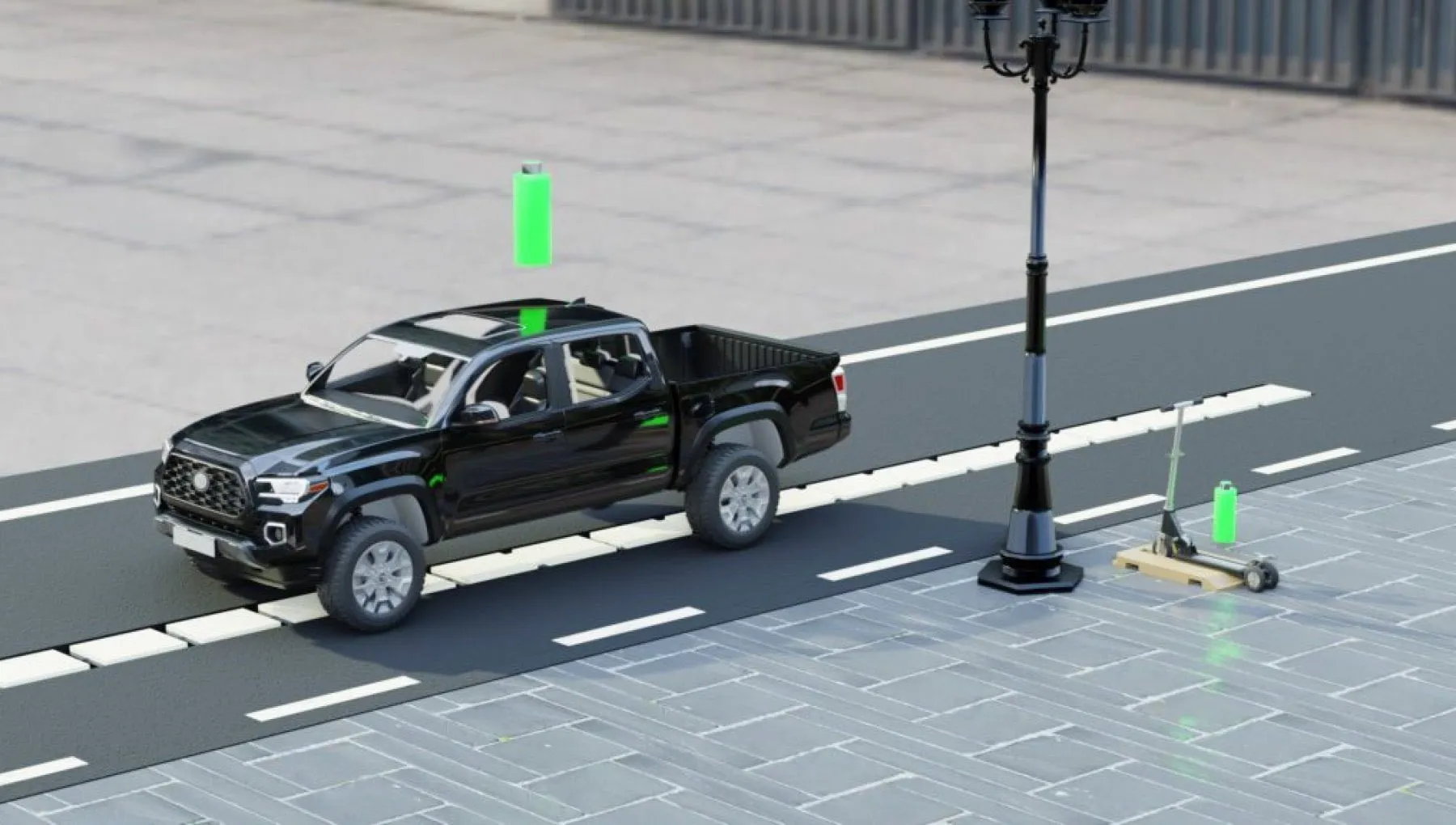“By making charging convenient and available for public use, we are telling car manufacturers that Oregon is ready for the next generation of electric vehicles — and we want our state to be a leader in introducing these cars to the rest of the country.”
The station was awarded public-use certification by the City of Portland following the successful installation and testing of the station manufactured by Takasago, a subsidiary of NEC, at the PGE headquarters in the Two World Trade Center parking garage on Salmon Street, Portland. The Takasago Rapid Charging Station is specialised for recharging electric vehicles with lithium-ion batteries and requires only 20 to 30 minutes to recharge a battery to 80 percent of full strength.
PGE and NEC officially opened the quick-charge station with Governor Ted Kulongoski, who charged up an all-electric Nissan Leaf , during a two-day Leaf test drive event at PGE. Portland and the state of Oregon have been designated as top-tier launch markets for the Nissan Leaf when it goes on sale in the United States in December.
“Quick-charging stations are an exciting advancement in our effort to bring electric vehicles to Oregon,” said Gov. Kulongoski. “By making charging convenient and available for public use, we are telling car manufacturers that Oregon is ready for the next generation of electric vehicles, and we want our state to be a leader in introducing these cars to the rest of the country.”










